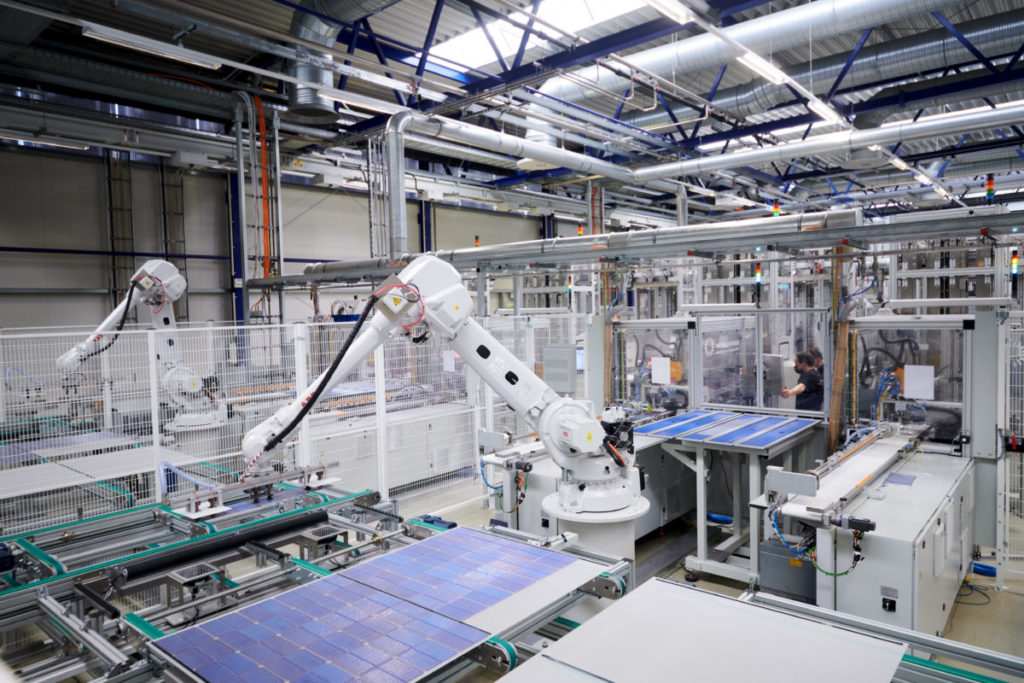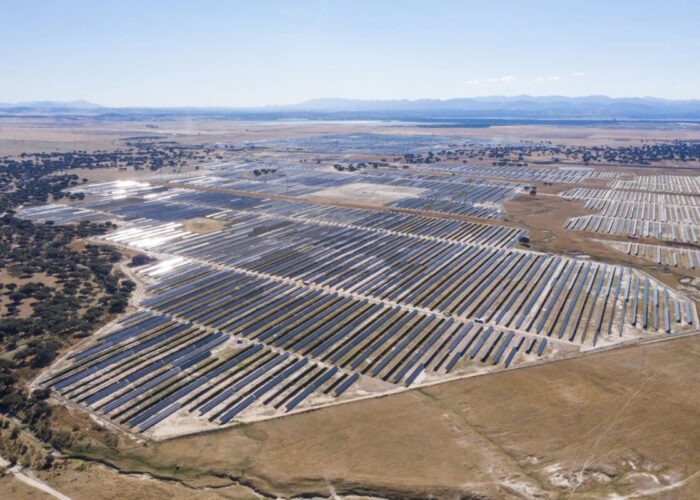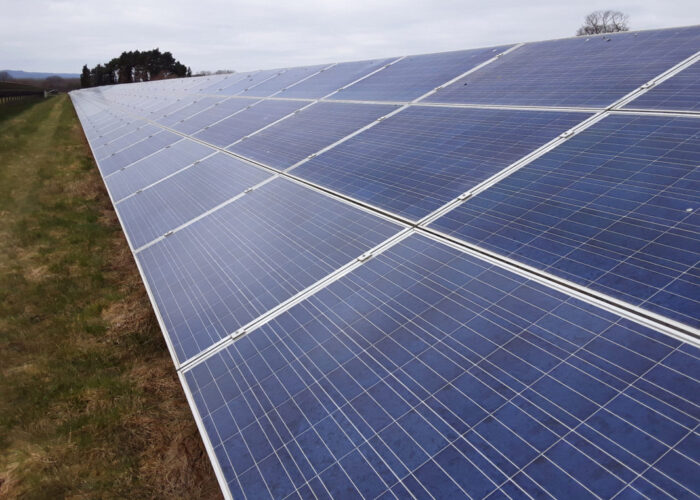
A little bit more than a year after the launch of the European Solar PV Industry Alliance, which aimed to reach 30GW of domestic manufacturing capacity by 2025 across the entire value chain, the industry in Europe seems poised to be at a full halt and unable to attain that goal in less than two years.
These goals are “totally impossible” given the current circumstances of the market prices, says Johan Lindahl, secretary general at the European Solar Manufacturing Council (ESMC). With prices hitting lows of RMB55/kg (US$7.65/kg) for mono-grade dense polysilicon as prices plummeted last year in a matter of months and have now stabilised at an even lower average price than what was seen between 2019 and 2020.
Unlock unlimited access for 12 whole months of distinctive global analysis
Photovoltaics International is now included.
- Regular insight and analysis of the industry’s biggest developments
- In-depth interviews with the industry’s leading figures
- Unlimited digital access to the PV Tech Power journal catalogue
- Unlimited digital access to the Photovoltaics International journal catalogue
- Access to more than 1,000 technical papers
- Discounts on Solar Media’s portfolio of events, in-person and virtual
“If you look at the Net Zero Industry Act, its goal is that Europe should be able to produce at least 40% of the net zero technologies that we install. And rather than having a positive development towards this target, it is rather more likely that we’re about to lose the whole European PV manufacturing industry,” says Lindahl.
The latest example of that dire situation for the European solar manufacturing industry was Meyer Burger’s announcement a fortnight ago that it plans to shut down its module assembly plant in Germany due to a lack of sufficient measures in Europe, and to primarily focus on the US market, where it has started receiving equipment and tools for its module assembly plant in Arizona.
In less than six months, several European solar players at the upstream level have either announced a pause or complete stop to their manufacturing capacity, with Meyer Burger as the latest one and only the “tip of the iceberg”, says Lindahl. “All European module manufacturers are suffering heavily. We are about to lose, within the next month, at least half of our up-and-running modern module manufacturing capacity in Europe.”
Accelerated price drops of materials in 2023
With prices dropping so low in 2023, the current option for European PV players would be to sell their current stock at a huge loss as manufacturing costs sit at approximately €0.25-0.3 per watt, while prices are at €0.12 per watt, explains Lindahl.
The situation is not just dire for Meyer Burger, as other European module manufacturers are also suffering from the consequences of last year’s price drops, he says.
“Also start-ups with GW scale plans are facing a dire situation, as it has been difficult to attract financing already since last summer, when the module prices started to drop quickly in June. Already that was a warning signal from many investors.”
Europe’s precarious situation is not just in terms of building capacity domestically, as there’s also a lack of equipment manufacturing capacity, with Lindahl giving, as an example, the fact that no company outside of China is building pullers for the ingots. “That’s a bottleneck from a Western world perspective. And it’s a mismatch that we don’t have a healthy value chain in Europe.”
Oversupply of capacity coming from China
“Based on data from the International Trade Centre (ITC), the world’s leading solar manufacturing nations exported modules worth US$22.9 billion to EU countries in 2022, with the majority originating from China. In the first 10 months of 2023, the exports amounted to US$18.1 billion, despite considerable drops in module prices. Meanwhile, exports out of the EU only accounted for $0.79 billion in 2022 and $0.76 billion in the first 10 months of 2023. Consequently, between 80GW and 90GW of solar modules have been imported to the EU in both 2022 and 2023 respectively. If SolarPower Europe’s deployment figures of approximately 41GW in 2022 and 56GW in 2023 are correct, it would mean that there is currently a surplus of imported PV module capacity in the EU ports and warehouses estimated in a range of 70–85GW,” says Lindahl.
Last Summer, research firm Rystad Energy estimated that over 40GW of Chinese PV module capacity was sitting in warehouses across Europe, which adds to the ever increasing capacity arriving in Europe, when the block of 27 European countries installed a record 56GW of solar capacity in 2023.
“Assuming that the Chinese customs data and SolarPower Europe deployment numbers are reliable, it would mean that even if China completely stopped exporting to the EU right now, it would still take perhaps one and a half year to install all of this [capacity].”
These are the two main reasons why both current players like Meyer Burger and new players that announced capacity additions last year are struggling in Europe and on the brink of bankruptcy, says Lindahl.
Emergency measures
During the same day as Meyer Bruger’s announcement, the ESMC reiterated its call for emergency measures to support the continent’s solar industry. Lindahl ruled out the implementation of anti-dumping tariffs as these would require an anti-dumping investigation to be filed and could take up to two years to be completed.
“An anti-dumping investigation is not something that could be put in place on a very short notice, based on the regulation we have in the EU. However, an import cap could be theoretically done quite fast through the safeguard framework,” says Lindahl. If the former would require a large share of the industry players to file an anti-dumping case to be investigated, an import cap could be submitted from a member state. Germany considered last year the possibility of trade barriers on Chinese-imported solar modules and components to Europe.
One of the emergency measures that could be considered would be the buyout of European manufactured stock to help these companies cover the cost of fabrication and get a cash flow for the stocks they currently have, says Lindahl.
“It looks very grim for the European PV industry. But an emergency measure, whatever it is, would be needed to just protect European manufacturers for one or two years, while the consolidation in the Chinese industry takes place, and we have implemented another legislative structure in Europe.”
“There are some legislative proposals in the pipeline that could help the European industry. But they will all have an effect in the next perhaps two to three years.” The legislations that Lindahl refers to are the Net Zero Industry Act, a forced labour regulation and the inclusion of PV modules and inverters into the Energy Label and Ecodesign regulations that are intended to introduce a quality and environmental criteria threshold for modules and inverters to be able to enter the European market.
Even though these legislative solutions are aimed at building a domestic manufacturing solar capacity in Europe, it would mean that the continent could have to start from scratch as current players might not be able to wait or survive until then.
And with companies such as Meyer Burger shifting capacity to the US, that could create a ripple effect on other players in the supply chain who will lose their biggest customer.
“If we don’t have better conditions, and perhaps have a Chinese consolidation in two or three years, what companies could pick up and start from scratch? If we lose the competence, the workforce, the know-how and the technology during the next one or two years,” concludes Lindahl.







